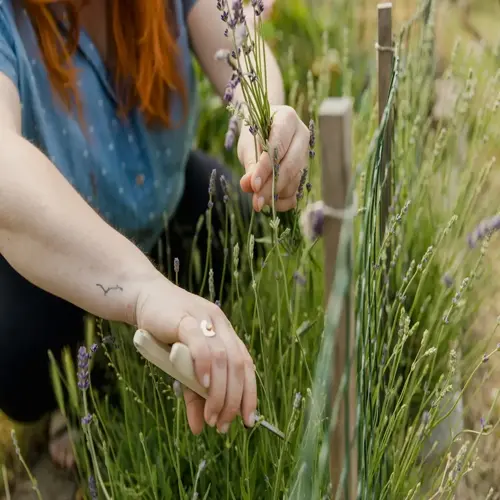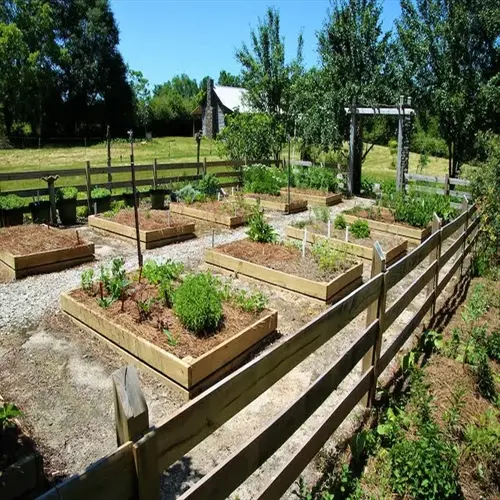What critical mistakes should I avoid when pruning?

Written by
Liu Xiaohui
Reviewed by
Prof. Charles Hartman, Ph.D.Preventing essential pruning errors keeps your roses healthy and blooming. These common errors may seem insignificant, but they can lead to permanent damage. I've seen gardens deteriorate from constant mistakes. Knowing these pitfalls will help you avoid disease and prevent blooming in your roses.
Tool Selection Errors
- Anvil shears crush stems creating disease entry points
- Dull blades cause ragged tears slowing healing
- Always use sharp bypass pruners for clean cuts
Cutting Technique Mistakes
- Cutting above inward-facing buds causes congested growth
- Flat cuts trap moisture encouraging rot
- Always cut at 45° above outward-facing buds
Seasonal Timing Blunders
- Fall over-pruning triggers frost-tender new growth
- Late spring pruning sacrifices blooms
- Follow seasonal guidelines precisely
Sterilization is an excellent method for preventing the transmission of disease. Whenever I work with a plant, I disinfect all of my tools with alcohol wipes. Now, this simple habit preserved my entire collection during a black spot outbreak in the neighborhood. Never share tools between gardens before thoroughly cleaning them.
It is important to understand the specific needs of your variety. Heavy pruning reduces flowering in landscape types of roses, while not enough pruning will weaken hybrid teas. Find the correct treatment for each plant. Your roses will reward you by living and blooming more vibrantly and healthily.
Prevention trumps treatment every time. Use a pruning checklist: bypass pruner, disinfectant, and identification of the outward-facing bud. In my process, I check each cut before I make the next one. Doing so guarantees roses that flourish season after season.
Read the full article: When to Prune Roses: A Complete Guide

